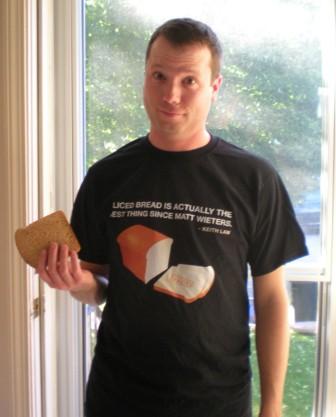Today’s radio hits – I’ll update as the last two hits from today (BK Show, which just happened, and Chicago 1000 AM at 9:25 CDT) are posted:
* Mike & Mike
* Los Angeles 710: Download, or you can stream it here for the next few days
* Yesterday on the Doug Gottlieb Show
